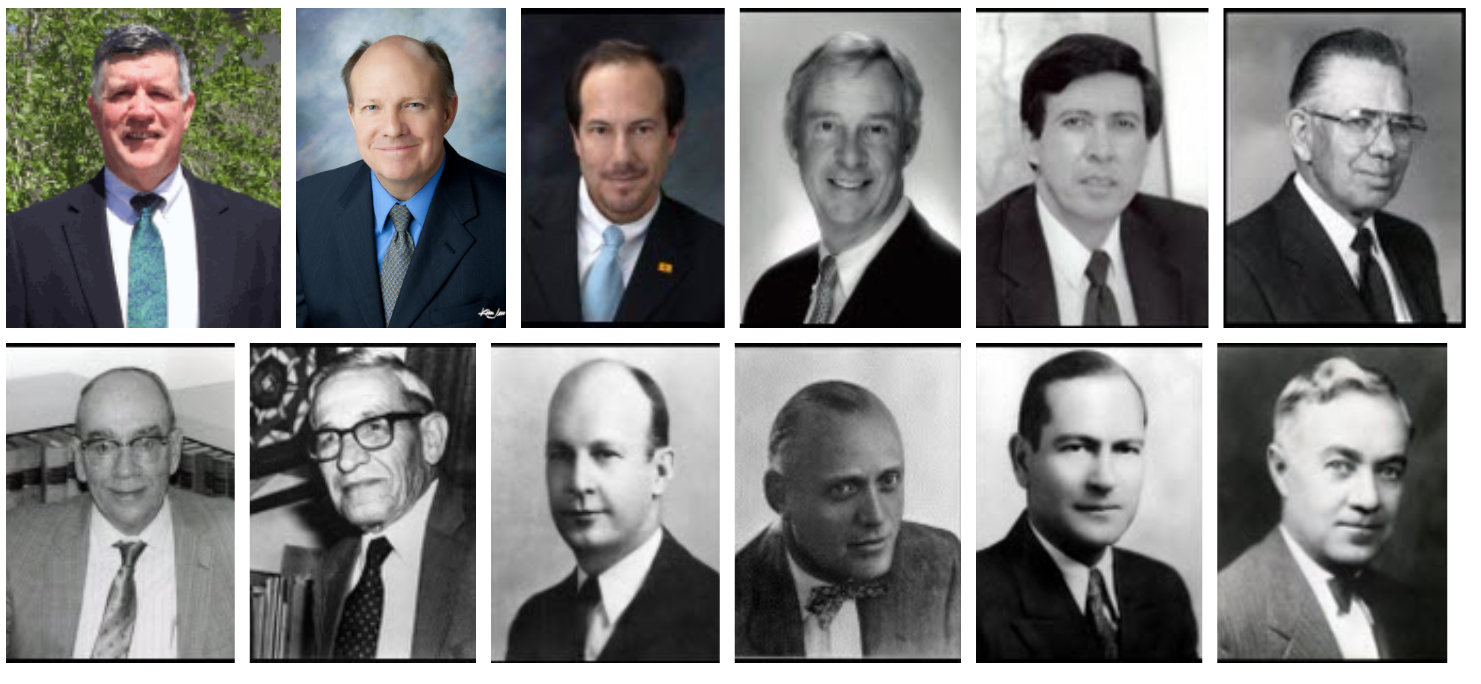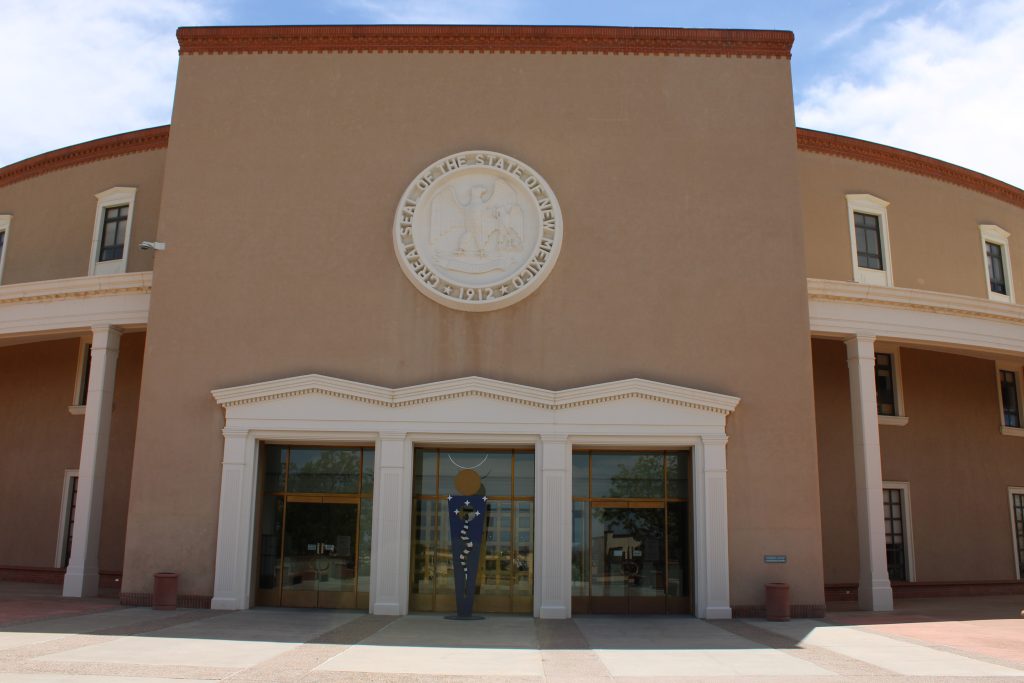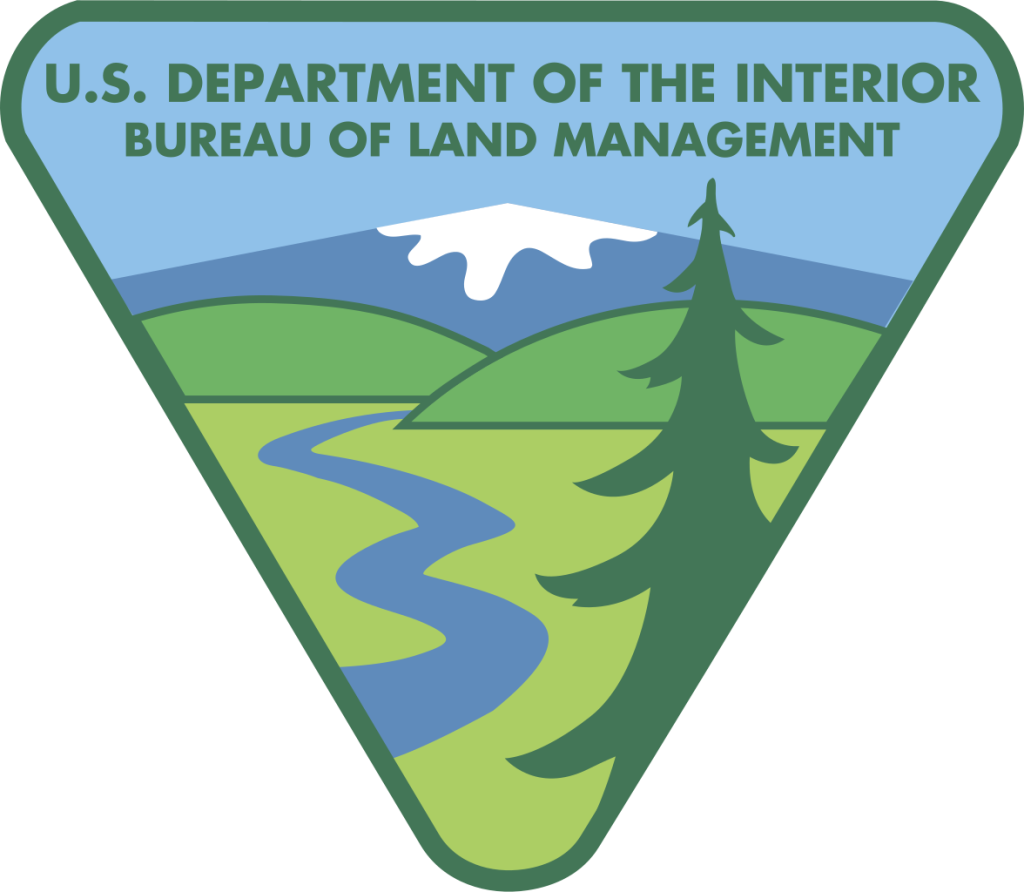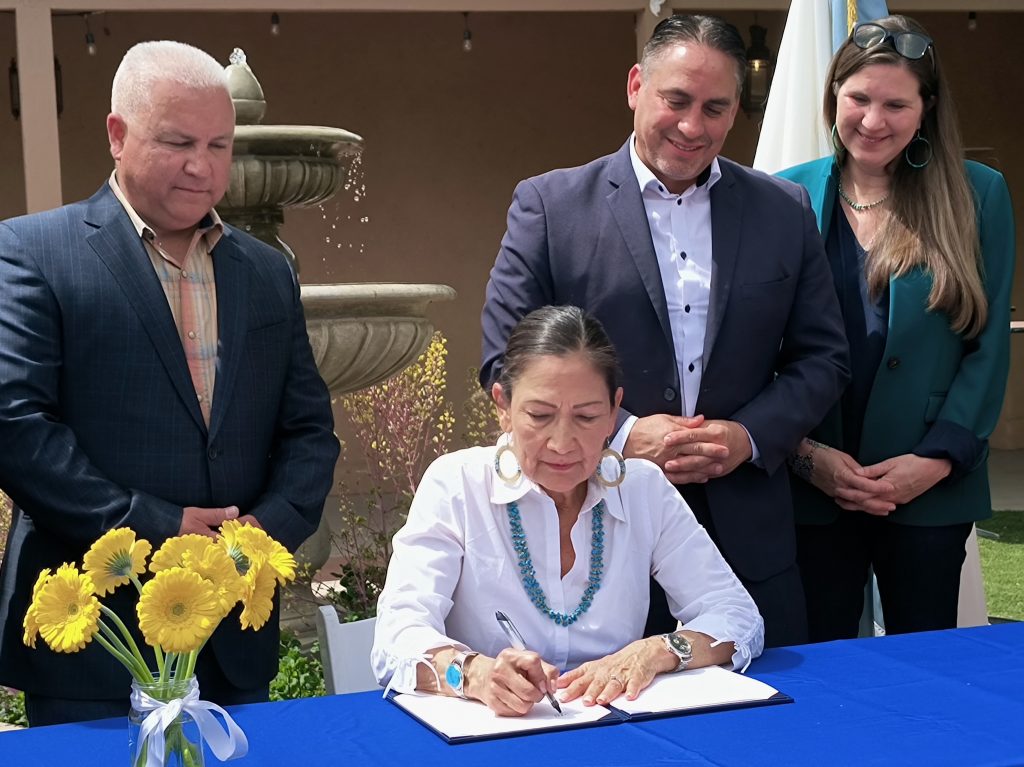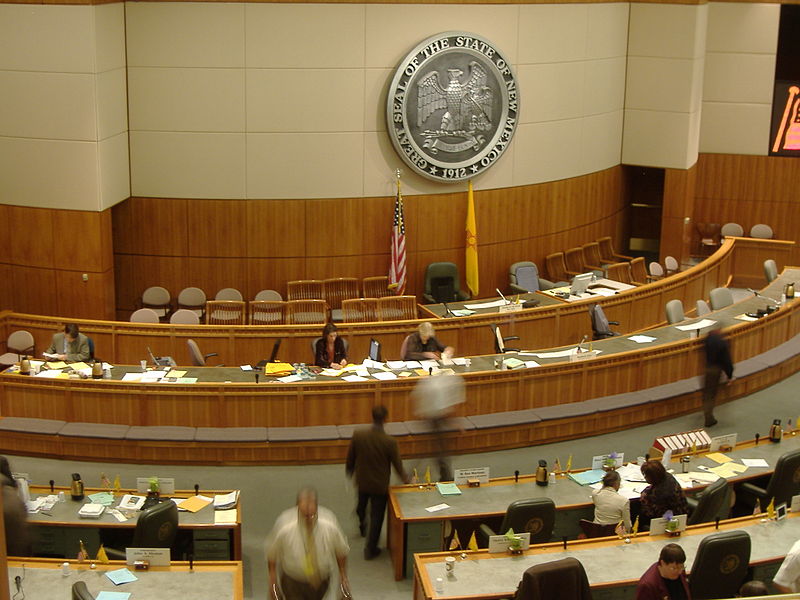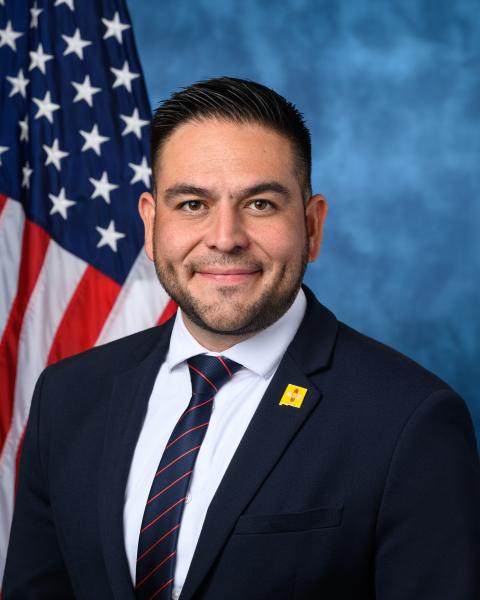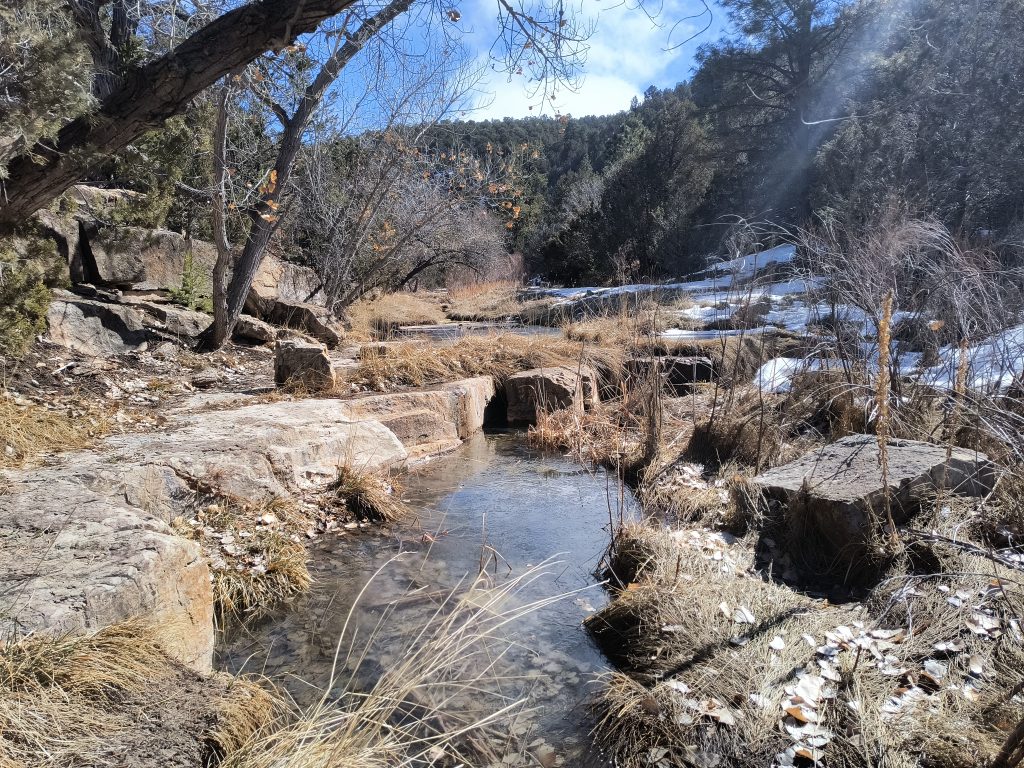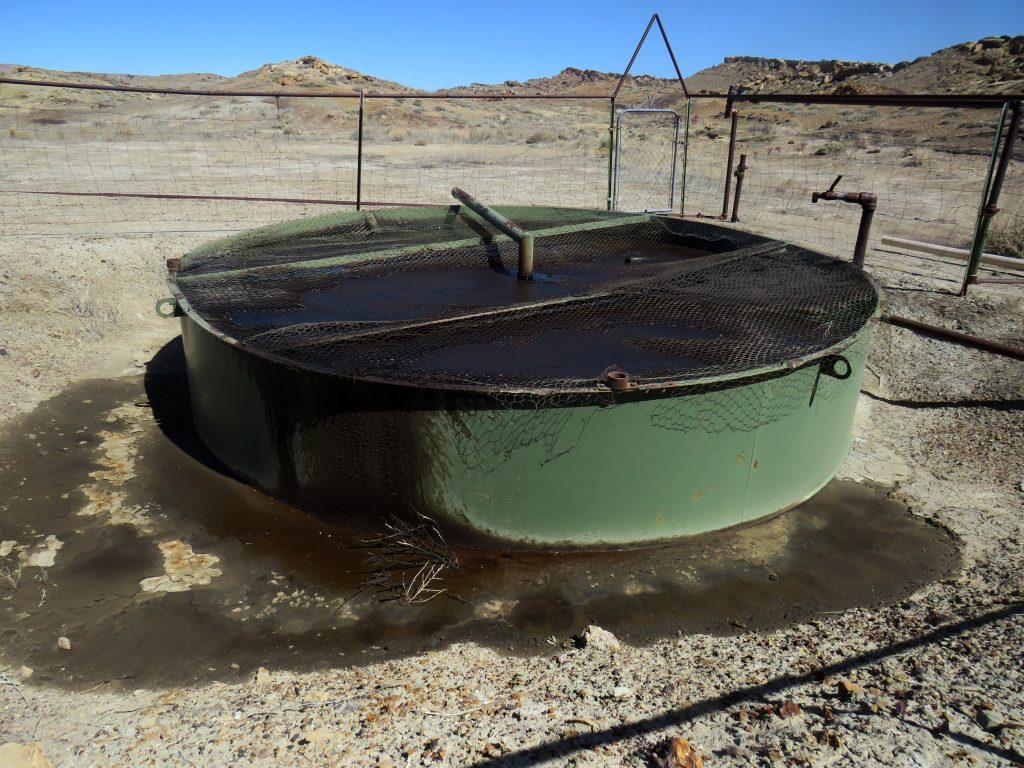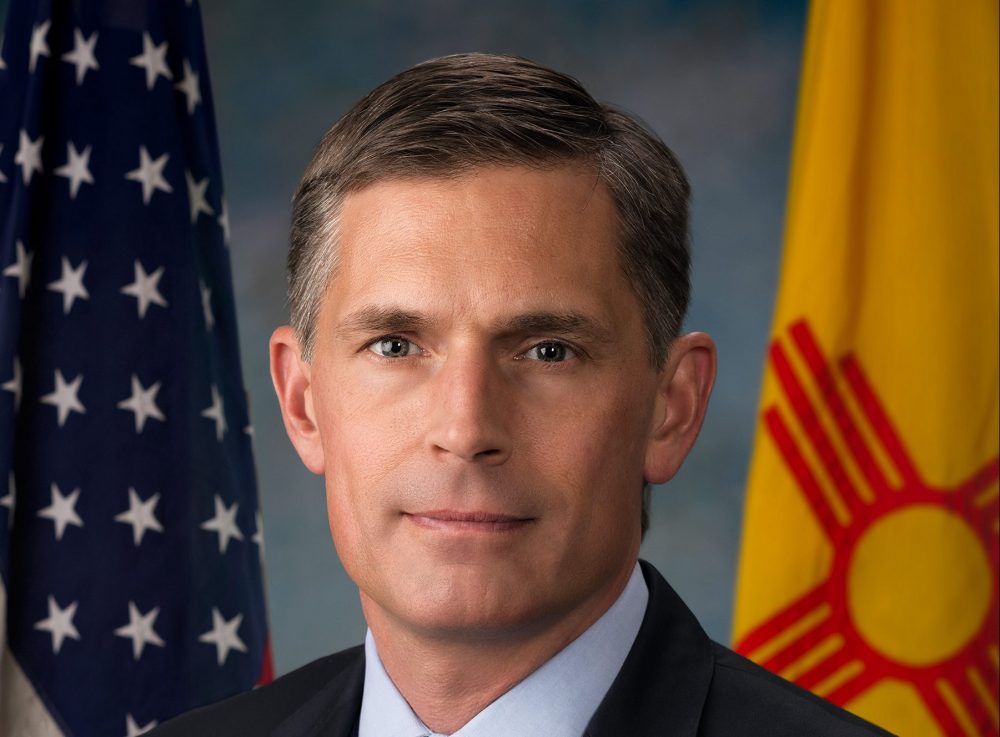The search for a new state engineer has been ongoing since the transition team convened in December, but Gov. Michelle Lujan Grisham has yet to say who will carry out her policy as the state’s top water boss.
But Lujan Grisham’s Communications Director Tripp Stelnicki said Friday a candidate is in place and an announcement, forthcoming.
“I would say that if it’s not the toughest, it’s absolutely one of the toughest positions across state government to fill simply because of the expertise needed and the level of nuance,” Stelnicki said. Candidates must be registered professional engineers and also have “an understanding of these deeply-entrenched issues that go back decades, centuries—that are even older than the state,” Stelnicki said.
The Office of the State Engineer (OSE) administers New Mexico’s water resources, overseeing both surface and groundwater rights. Its budget and staff are also intertwined with the Interstate Stream Commission (ISC), although the two agencies have different, and sometimes conflicting, responsibilities.
John Romero is currently serving as acting state engineer, after the departure of Tom Blaine, the final of three state engineers appointed by Gov. Susana Martinez.
OSE is also involved in interstate litigation—including a U.S. Supreme Court lawsuit over the waters of the Rio Grande—and groundwater battles statewide. Climate change poses increasingly urgent planning questions when it comes to protecting New Mexico’s water supplies. There are administrative challenges, too: OSE and ISC have weathered years of flat budgets, high staff turnover and agency-wide vacancies. In fiscal years 2018 and 2019, the vacancy rate in the two offices exceeded 26 percent. And a high percentage of the budget is paid out to contractors and subcontractors, including some former employees. For FY 2019, for example, roughly $24 million was budgeted for salaries and employee benefits, and $7.5 million for contractors.
20 men in 114 years
Martinez took nearly a year to name her initial choice for state engineer. And the lack of a new state engineer, even as the legislature confirms other cabinet secretaries and regents, isn’t necessarily surprising.
That’s due in part to the unique requirements of the position, which limit the pool of applicants—and highlight a lack of diversity in that role.
New Mexico water policy expert Consuelo Bokum noted that twice in the past, bills were introduced to alter the requirement that applicants be registered professional engineers. Both times, the legislative efforts failed.
“When the position was created in the early part of the (twentieth) century, a lot of what the state engineer was doing was engineering water from where it was to where people would use it,” she said. Today, the job is about much more than that, including addressing groundwater issues and interstate litigation over river waters. “So why can’t we have, say, a hydrogeologist or a hydrologist?”
The position was created in 1905, when David White served for two years as “Irrigation Engineer.” Vernon Sullivan and Charles Miller served as Territorial Engineers. And between 1912 and 2019, there have been 20 state engineers, including the current acting state engineer. All have been men, and almost all have been white men.
The requirement that the state’s highest water official be a licensed professional engineer is “antiquated,” said John Fleck, director of the University of New Mexico Water Resources Program. “In the very diverse, complicated management portfolio that is water, certainly engineering expertise is important,” he said. But the job also requires broad management skills, knowledge of law and policy and the ability to lead a large organization. “Engineering experience is good, but you can hire top-notch engineers in deputy positions to handle the technical advising to the top job,” he said.
Beyond the requirements, however, New Mexico needs to “feed the pipeline” of qualified and willing applicants to fill top water positions in the state, including that of state engineer, but also throughout OSE and ISC. “We need to be educating and bringing in talented young people from diverse backgrounds, at all levels of the organization,” he said. “What we need are programs and processes at the bottom that feed talented people of diverse backgrounds into the system.”
His current group of students includes more women than men, he said. And while there are Native American and Hispanic students, the majority are white.
“One of the challenges with my program”—and, he noted, others at UNM, too—“is with the modest funding that we have, it’s less accessible to people who don’t come from privileged, safety net family backgrounds.”
Whomever ends up leading water policy in state should be mindful of the longer-term issue of building capacity from the bottom up, Fleck said. That way, there will be talented and dedicated water experts to draw from for leadership positions in the decades to come.
Some people think the position has been needlessly politicized, as well.
In a recent op-ed in the Albuquerque Journal, water attorney John Draper called for the new governor and the State Legislature to make the term of state engineer ten years, instead of two. And he noted that the practice of replacing the state engineer at the beginning of a gubernatorial term began with Gov. Gary Johnson in the 1990s. (In fact, state statute says, “He is subject to removal only for cause.”)
Meanwhile, ISC reform may make it through the Roundhouse this year.
Introduced by Sen. Peter Wirth, D-Santa Fe, Senate Bill 5 would split ISC appointments between the governor and state legislators.
The commission consists of nine governor-appointed members, including the director of the ISC and the state engineer, who serves as secretary. A staff of attorneys, engineers, hydrologists and others support the commissioners.
The state is also conducting a search for a new ISC director. As with the state engineer, Stelnicki explained, Lujan Grisham wants to “conduct a thorough search for all exempt positions as a means of identifying the best possible crop of candidates.”
New Mexico state engineers, 1905-2019
John Romero, 2019 (acting)
Tom Blaine, 2014-2018
Scott Verhines, 2012-2014
John D’Antonio, Jr. 2003-2011
Thomas Turney, 1995-2002
Eluid Martinez, 1991-1994
Carl Slingerland, 1990
Phillip Mutz, 1990
Stephen Reynolds, 1955-1990
John Erickson, 1953-1955
John Bliss, 1946-1955 and again, 1955
Thomas McClure, 1932-1946
Herbert Yeo, 1926-1930
George Neel, 1925-1926 and again, 1930-1932
Charles May, 1921-1922
Leslie Gillett, 1920
James French, 1912-1918 and again, 1923-1924
Territorial engineers:
Charles Miller, 1911-1912
Vernon Sullivan, 1907-1910
Irrigation Engineer:
David White, 1905-1907

